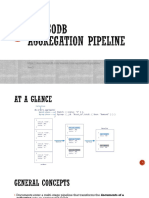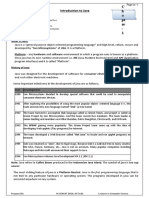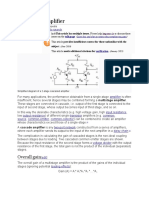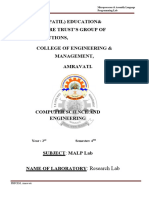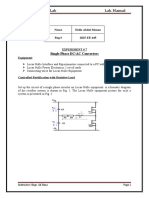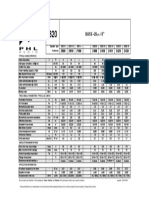0% found this document useful (0 votes)
7 views20 pagesQuery Lectures
The document outlines CRUD (Create, Read, Update, Delete) methods in MongoDB, detailing specific commands for each operation. It also explains various query operators for comparison and logical operations, as well as aggregation features for data processing. Additionally, it includes examples of using aggregation pipelines, stages, and single-purpose aggregation methods.
Uploaded by
Muhammad AbdullahCopyright
© © All Rights Reserved
We take content rights seriously. If you suspect this is your content, claim it here.
Available Formats
Download as PDF, TXT or read online on Scribd
0% found this document useful (0 votes)
7 views20 pagesQuery Lectures
The document outlines CRUD (Create, Read, Update, Delete) methods in MongoDB, detailing specific commands for each operation. It also explains various query operators for comparison and logical operations, as well as aggregation features for data processing. Additionally, it includes examples of using aggregation pipelines, stages, and single-purpose aggregation methods.
Uploaded by
Muhammad AbdullahCopyright
© © All Rights Reserved
We take content rights seriously. If you suspect this is your content, claim it here.
Available Formats
Download as PDF, TXT or read online on Scribd
/ 20







